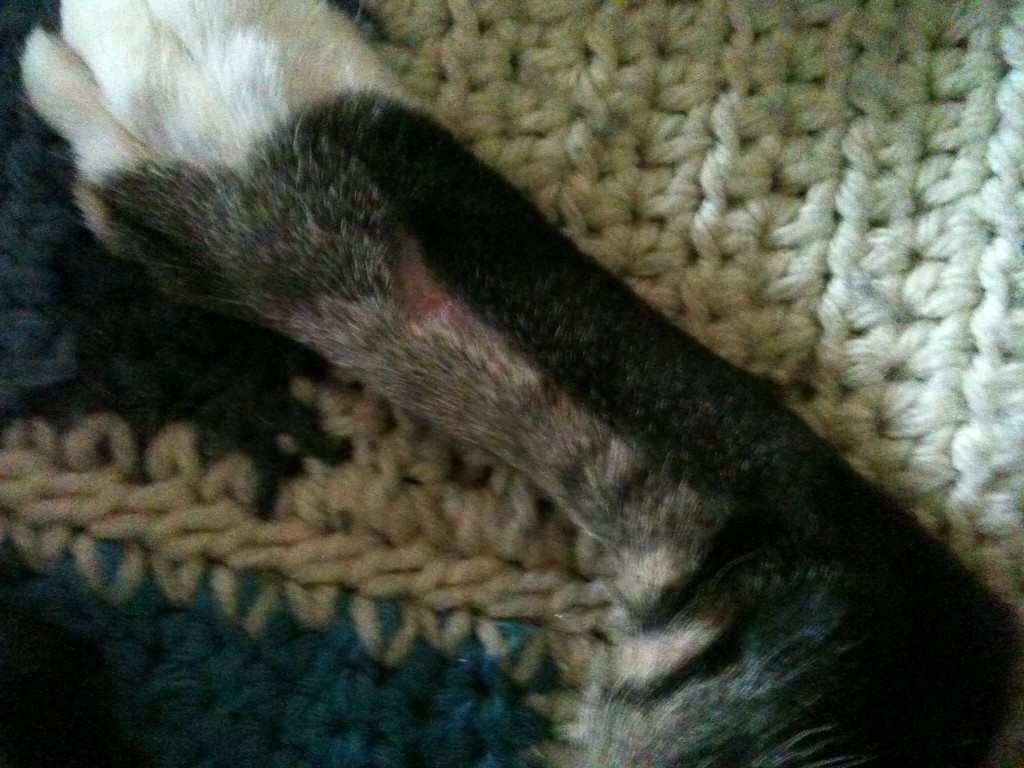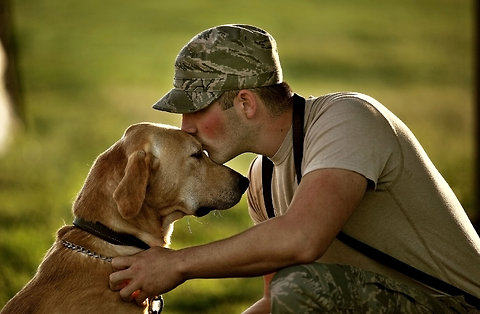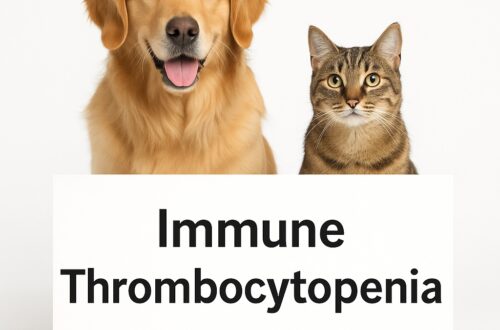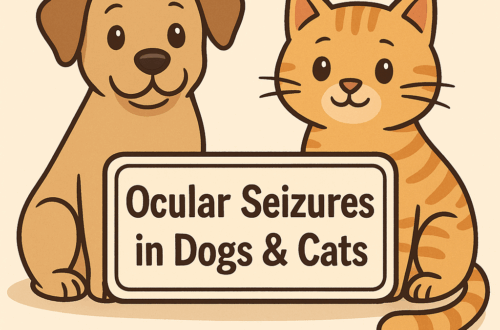The thought of a pet being involved in a traumatic accident is undeniably cringe-worthy and heartbreaking. These catastrophic mishaps can be lethal or leave a pet maimed if veterinary emergency care isn’t provided appropriately. This week I’m happy to turn Because Pets Can Have Specialists Too over to Dr. Kelly Hall, a fellow board-certified veterinary emergency and critical care specialist who will discuss an approach to trauma that could benefit both animals and humans. Happy reading!
Injuries in Pets – An Introduction
When I was ten years old I watched our family’s dog get hit by a car right in front of my eyes. The scene played out in slow motion and was absolutely heartbreaking for me. I remember the sadness as her injury played out in front of me. Although a distressing memory, I also remember later thinking how cool it would be to have the ability to save an animal’s life just like the veterinarian did for our family that day.
In dogs, traumatic injuries account for approximately 1 in 10 visits to large veterinary hospitals. They are also the second leading cause of death in dogs of all ages. Thankfully a large majority of injured dogs survive their injuries (88-91%). Dogs with minor injuries have a more than 95% chance of survival; however those with severe injury have much lower chances of surviving.
In humans, traumatic injury is the #1 cause of death in people under 47, and the #3 cause of death for all ages. The creation of Trauma Centers and Trauma Center Networks in the last 40 years has led to large improvements in survival for severely injured trauma patients. These Trauma Centers rely on teams of medical specialists, led by a board-certified surgeon, to make sure the best possible care is provided to every trauma patient. Additionally many of these hospitals are leaders in discovering new ways to increase survival in severely injured people.

It turns out the types injuries that are common in people are very similar to the varieties of injuries seen in dogs (e.g., vehicular accidents). The challenges that lead to poor outcome (i.e.: multiple injuries, severe bleeding, head injury, etc.) in people are also very similar in dogs. Finally while older people and animals do get injured, most trauma patients are young and otherwise healthy. These similarities allow for an opportunity to more effectively study and learn about new treatment options for both pets and people.
Injuries in Pets – A Way To Help Pets and Humans
What if there was a way to continue to improve trauma patient care in our animal friends and also have a positive impact on improving trauma care in humans? A group of expert veterinarians are working together to do just that – improve trauma patient care for both humans and pets.
The Veterinary Committee on Trauma (VetCOT) of the American College of Veterinary Emergency and Critical Care (ACVECC) is a unique group whose members include board-certified veterinary specialists in emergency and critical care, surgery and anesthesia, as well as veterinary technical specialists in emergency and critical care. The group’s efforts rely on a team approach to the most severely injured patients. Hospitals that have joined the Veterinary Trauma Center Network each have a team of board-certified specialists available that are trained in emergency and critical care, surgery, anesthesia, radiology, ophthalmology, neurology and specialty nursing, just to name a few. These teams works together to ensure even the most injured patients have access to board-certified specialists with expertise in wound repair, interpreting radiographs/x-rays and CT scans to determine internal injuries, anesthetize sick patients, care for animals in an intensive care unit (ICU), and address injuries to specific organs like the eyes, brain, and/or heart.

In addition to the team of expert doctors working together at each of the veterinary trauma centers, representatives from these hospitals around the world are working together, learning from each other to develop new and improved ways to take care of trauma patients. The VetCOT has started a registry that tracks information on injured pets at each of the hospitals, and with more than 7,000 cases logged in less than 18 months, is the largest database for injured patients in veterinary medicine. Additionally this multi-specialty group is developing educational tools to help improve injured pet care from injury to initial arrival at a veterinary hospital.

Our family dog’s life was saved that day many years ago due to the great care she received from our family veterinarian. Our fur baby was a loving member of our family for the next 14 years who saw me off to veterinary school. It’s amazing to now be a part of an international effort of expert board-certified veterinary specialists who are working together to improve both veterinary and human trauma patient care through service, education, and research.
The take-away message about pet injuries…
The work of Dr. Hall and colleagues on the VetCOT is instrumental for improving care and outcomes for trauma patients. The team approach to trauma care will undoubtedly lead to life-changing developments for both animals and humans. I’m truly excited to watch the field of veterinary trauma medicine continue to progress, bringing exciting and novel treatment modalities to life.
To find a board-certified veterinary emergency and critical care specialist, please visit the American College of Veterinary Emergency and Critical Care.
To find a board-certified veterinary surgeon, please visit the American College of Veterinary Surgeons.
To find a board-certified veterinary anesthesia and analgesia specialist, please visit the American College of Veterinary Anesthesia and Analgesia.
Wishing you wet-nosed kisses,
cgb
Meet Dr. Kelly Hall
Dr. Kelly Hall grew up in Delaware, and obtained both her DVM and MS in Clinical Research from the University of Minnesota (UMN). She completed a residency in emergency and critical care at UMN, and is a board-certified veterinary emergency and critical care specialist. Dr. Hall was a faculty member at UMN College of Veterinary Medicine for 14 years. Dr. Hall’s passion for helping trauma patients led to the formation of the Veterinary Committee on Trauma (VetCOT), and she thrives on collaborating with amazing colleagues to improve trauma patient care. Dr. Hall also works to inspire the next generation of critical and creative thinkers through teaching high school science at Mahtomedi High School in Minnesota.




